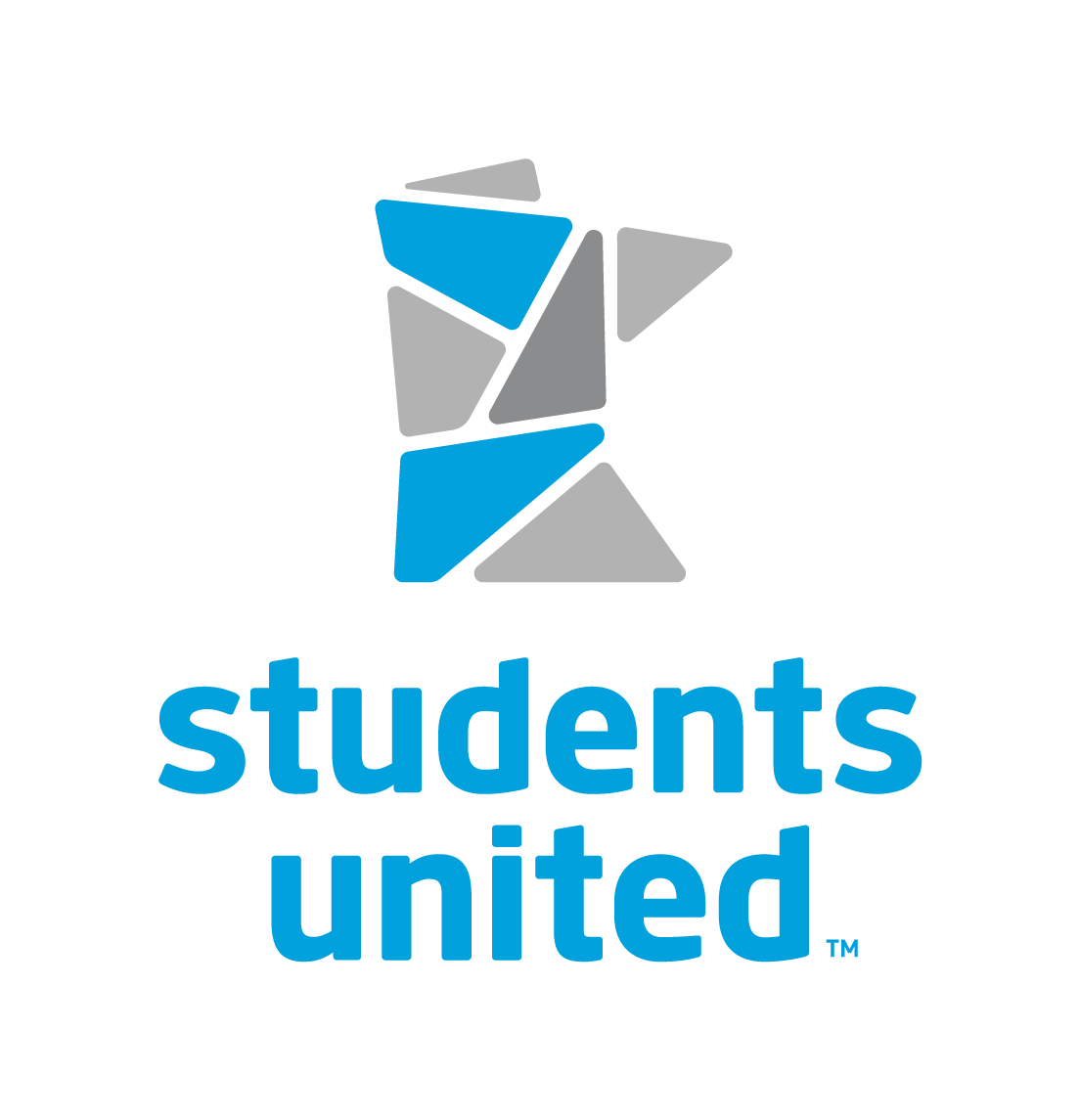Parliamentary Procedure Glossary
Motion: a written proposal you wish to be discussed and voted on. You are the "motion-maker" if your university authored the motion. A motion should describe a desired action or stance.
Second: every motion must obtain a “second” from a university who did not write the motion itself. The purpose of this is to ensure that each motion that is discussed is supported by at least two of our universities.
If it’s difficult to find a “second” during the meeting, it’s okay to submit a motion without one. In this case, the chair will seek a “second” after the motion is read. If a motion fails to obtain a “second” the motion will not be discussed or voted on by the assembly.
Amendment: an amendment is offered as a motion with the goal of changing the intent of the original motion. Amendments should not be used for grammatical or linguistic changes but should instead focus on altering the intent of the original motion.
Friendly amendment: An amendment is “friendly” if the motion-maker agrees with it. If the motion maker decides the amendment is “friendly” – the chair must then ask if there is any dissent to the friendly amendment. If there is no dissent, the amendment will pass. If there is dissent, the motion to amend must obtain a second and then be discussed and voted on.
Discussion: after a motion is made and seconded, the motion-maker will have the opportunity to speak to their motion, providing context on why they wrote it. Motions do not need to be authored with context because that can be done in discussion. Once the motion maker concludes their statement, the chair will open discussion on the motion where anyone at the table can raise their hand to be called on to speak about the motion. Discussion should always be about the motion itself and should not target other’s opinions.
Yield to redundancy: if you raised your hand to speak but notice that other speakers have already made your point, you may "yield to redundancy." This is encouraged to prevent repetitive, lengthy discussion.
Call the question: is a motion to end discussion on the motion that is currently being discussed. If calling the question is supported by 2/3 of the assembly or passes by unanimous consent, the discussion ends. This is followed by a vote on the motion. You can no longer discuss or debate a motion once the question has been called.
Unanimous consent: the absence of any sort of objection of a motion.
The chair may ask, “Is there any dissent to passing this motion?” and if no one expresses dissent, the motion will pass by unanimous consent.
Unanimous vote: everyone votes yes, or everyone votes no.
Question of privilege: this is used when someone has a question that requires immediate consideration but is not about the immediate discussion, such as asking for clarification about parliamentary procedure, matters of comfort (i.e. closing the door because the hallway is loud), or matters of conduct or safety. These are “privileged motions” meaning they do not require a “second” and have precedence over other motions but cannot interrupt a vote.
Point of personal privilege: this is used if the motion affects one person rather than the assembly as a whole (i.e. needing to go to the bathroom, illness or personal emergency, volume, etc.)
In the case of Students United, it is always okay to excuse yourself from the table without addressing the chair if you’re experiencing an illness or emergency.
